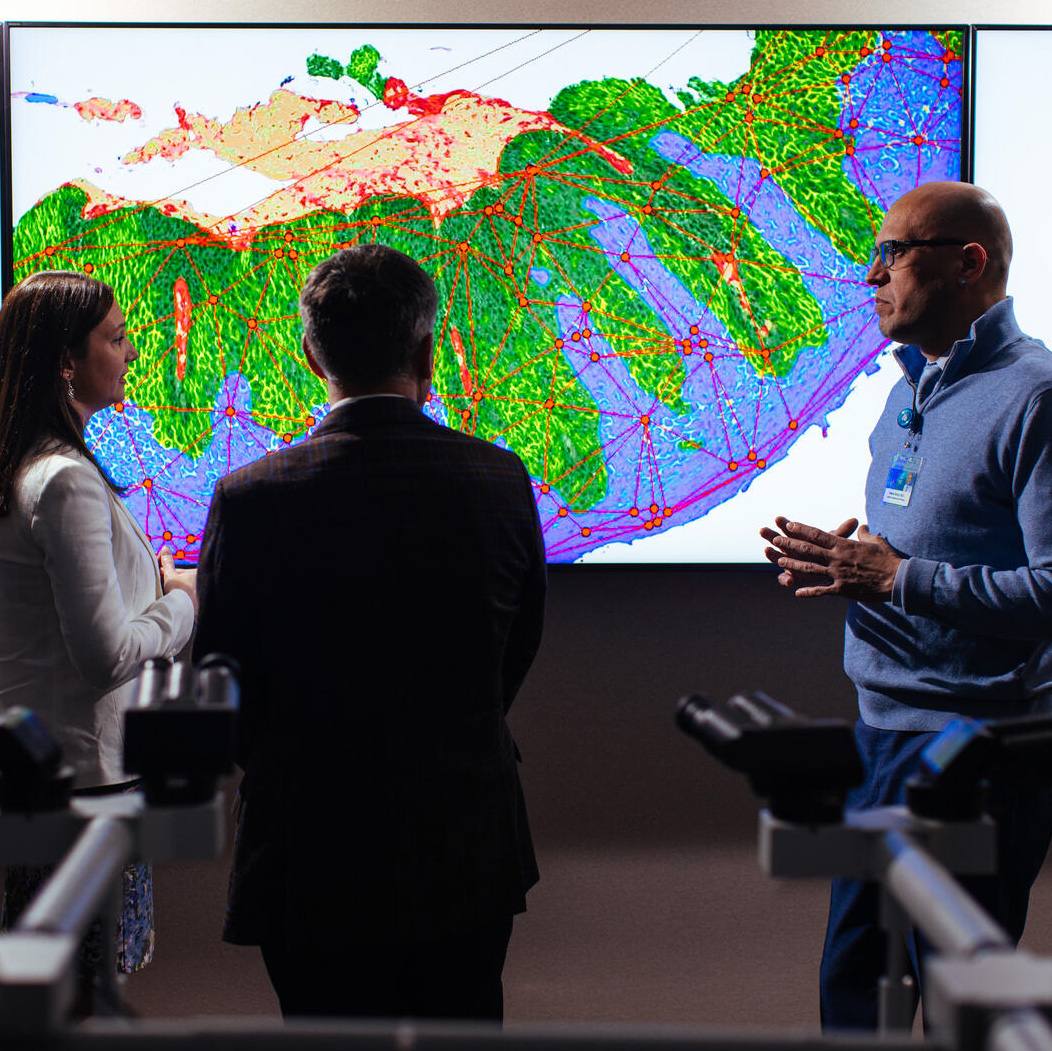-
Mayo Clinic First in U.S. to Test Stem Cells for Cardiac Regeneration in Pediatric Congenital Heart Patients
ROCHESTER, Minn. — Mayo Clinic has announced the first U.S. stem cell clinical trial for pediatric congenital heart disease. The trial aims to determine how stem cells from autologous umbilical cord blood can help children with hypoplastic left heart syndrome (HLHS), a rare defect in which the left side of the heart is critically underdeveloped.
MULTIMEDIA ALERT: Animation of the surgical procedure as well as audio and video of Drs. Nelson and Burkhart are available for download from the Mayo Clinic News Network.
The trial will test the safety and feasibility of delivering a personalized cell-based therapy into the heart of 10 infants affected by HLHS. Today, treatment for babies born with HLHS involves three heart surgeries to redirect blood flow through the heart, or transplantation. The surgeries — designed to provide adequate blood flow in and out of the heart, allowing the body to receive the oxygen-rich blood it needs — are typically performed over the first few years of life. For this study, stem cells from newborns with HLHS will be collected from the umbilical cord following birth. The cord blood will be sent to a Mayo Clinic lab for processing, where the stem cells will be separated from the other cells in the blood. The stem cells will then be frozen for preservation. During the baby's second surgery for HLHS — typically performed at 4 to 6 months of age — the stem cells will be injected into the heart muscle.
"We want to see if these stem cells will increase the volume and strength of the heart muscle to give it greater durability and power to pump blood throughout the body," says Harold Burkhart, M.D., a pediatric cardiovascular surgeon with the Mayo Clinic Children's Center.
About 960 babies are born with hypoplastic left heart syndrome each year in the U.S., the Centers for Disease Control and Prevention estimates. In this syndrome, the left side of the heart can't properly supply blood to the body because the lower left chamber (left ventricle) is too small or, in some cases, may not exist, Dr. Burkhart says. In addition, the valves on the left side of the heart (aortic valve and mitral valve) don't work properly, and the main artery leaving the heart (aorta) is smaller than normal, he says.
"The care of these children with HLHS has been continuously improving since the first surgical procedure became available three decades ago, yet cardiac transplantation continues to be the limiting factor for far too many individuals," says Timothy Nelson, M.D., Ph.D., director of the Todd and Karen Wanek Family Program for HLHS in Mayo Clinic's Center for Regenerative Medicine. "Applying stem cell-based regeneration may offer a viable solution to help these children develop new tissues and grow stronger hearts."







